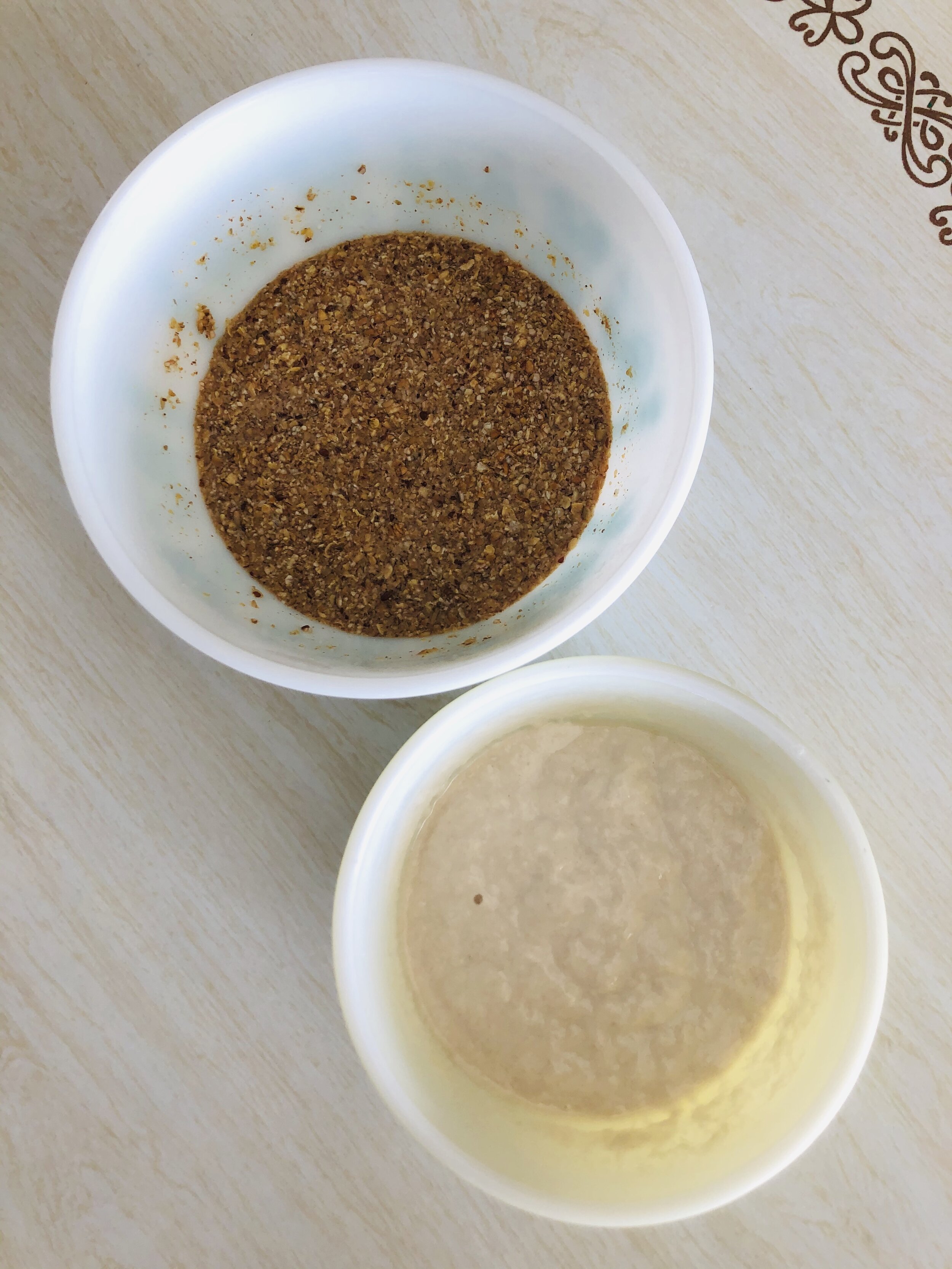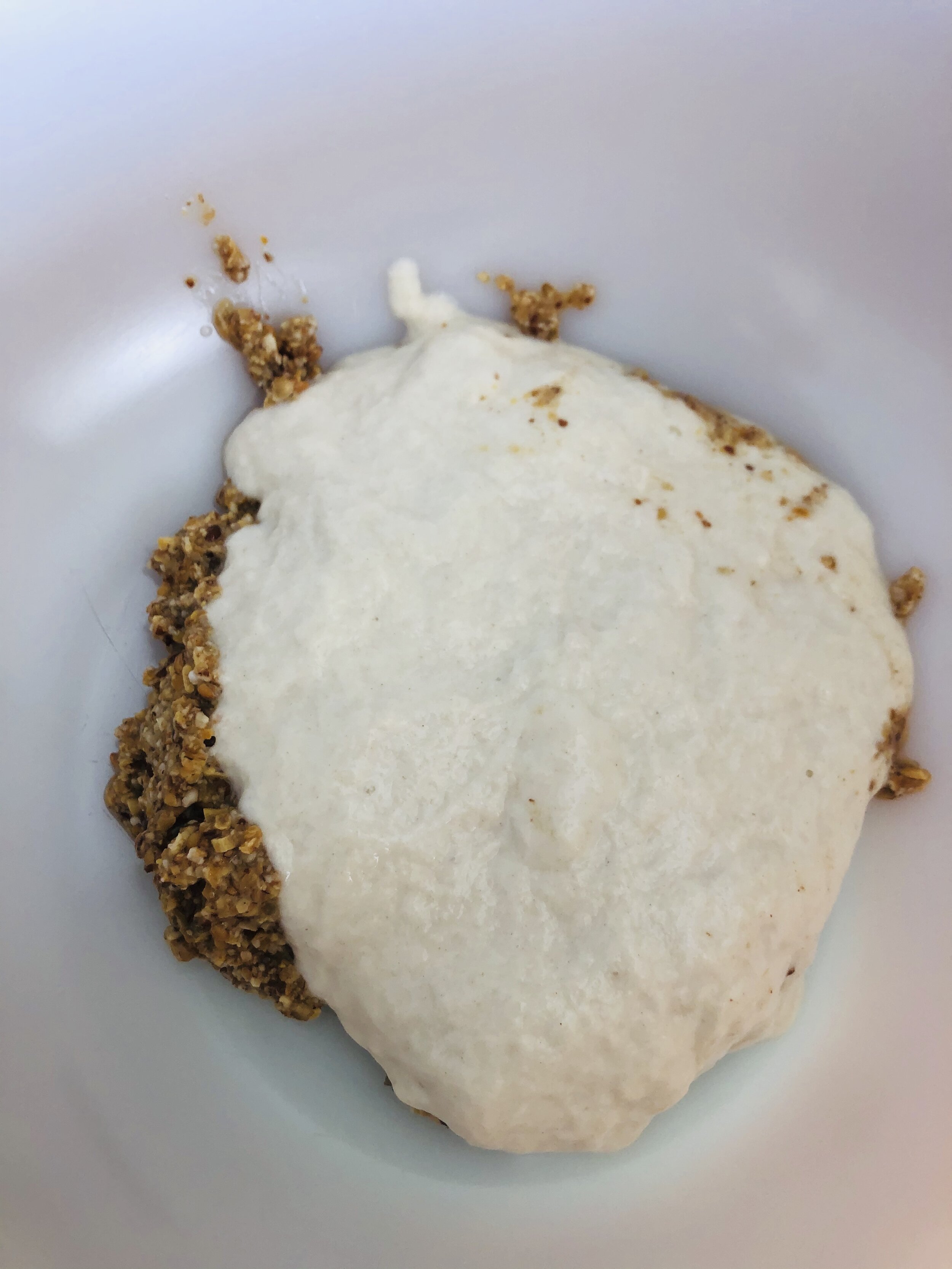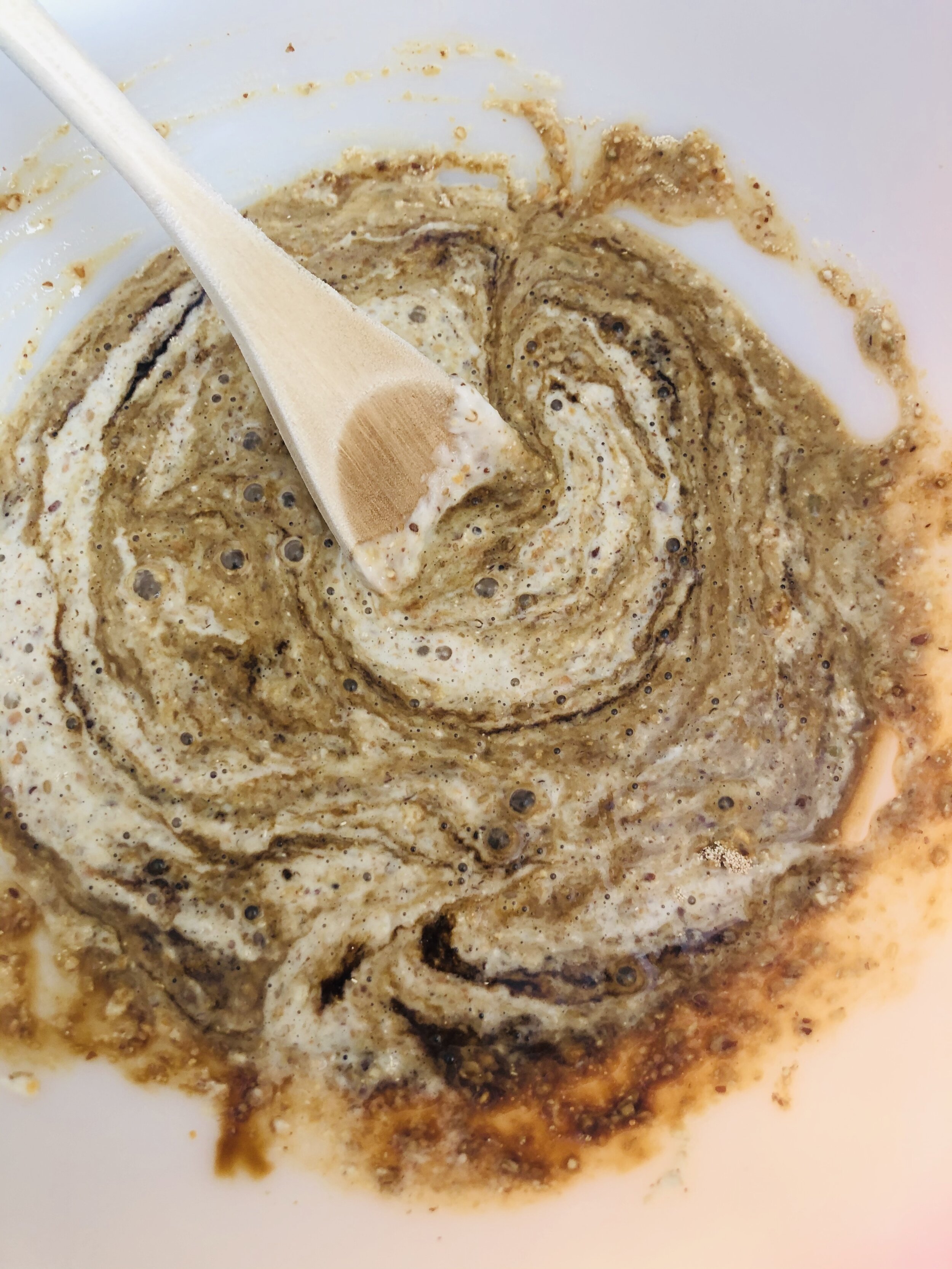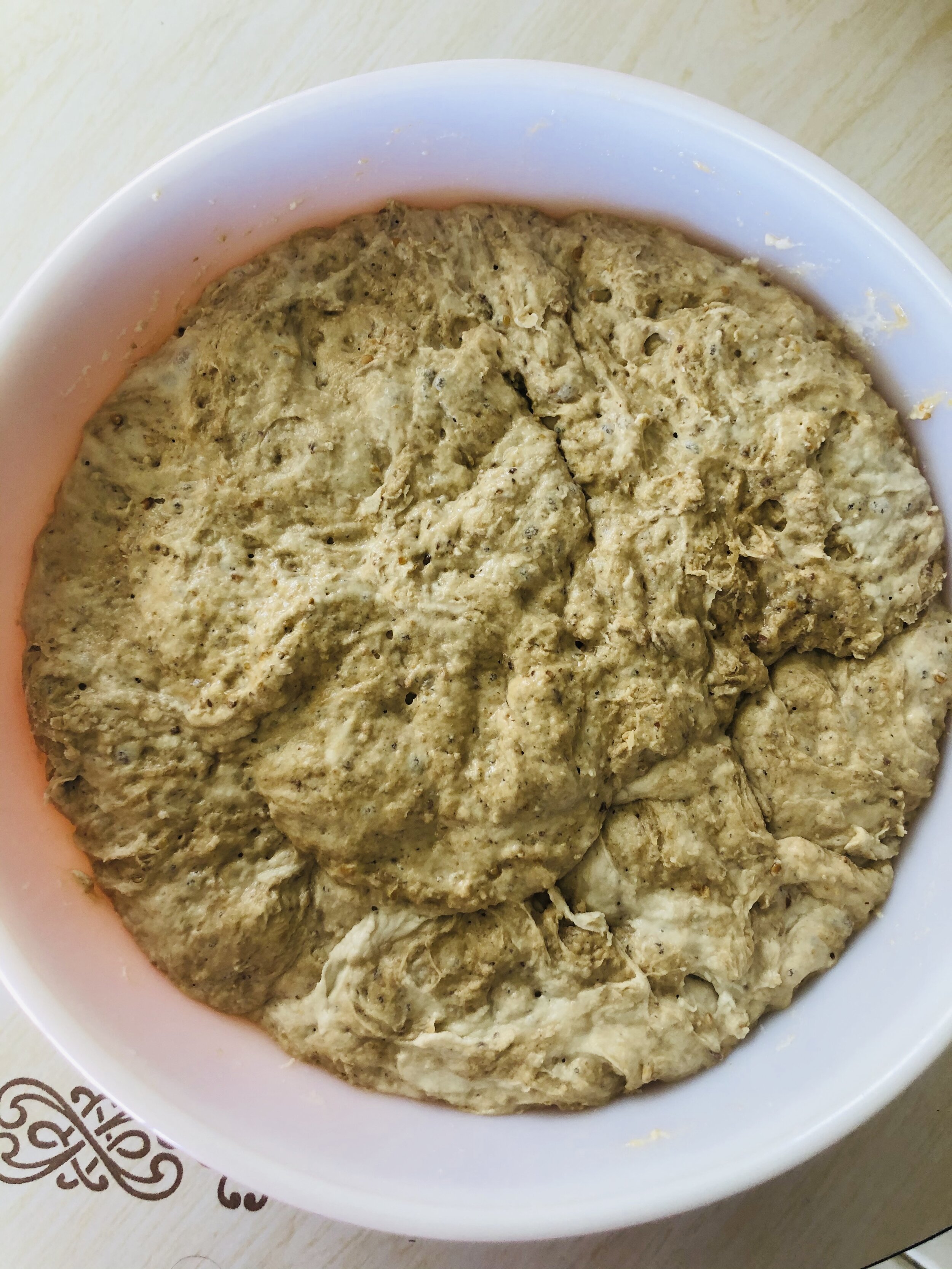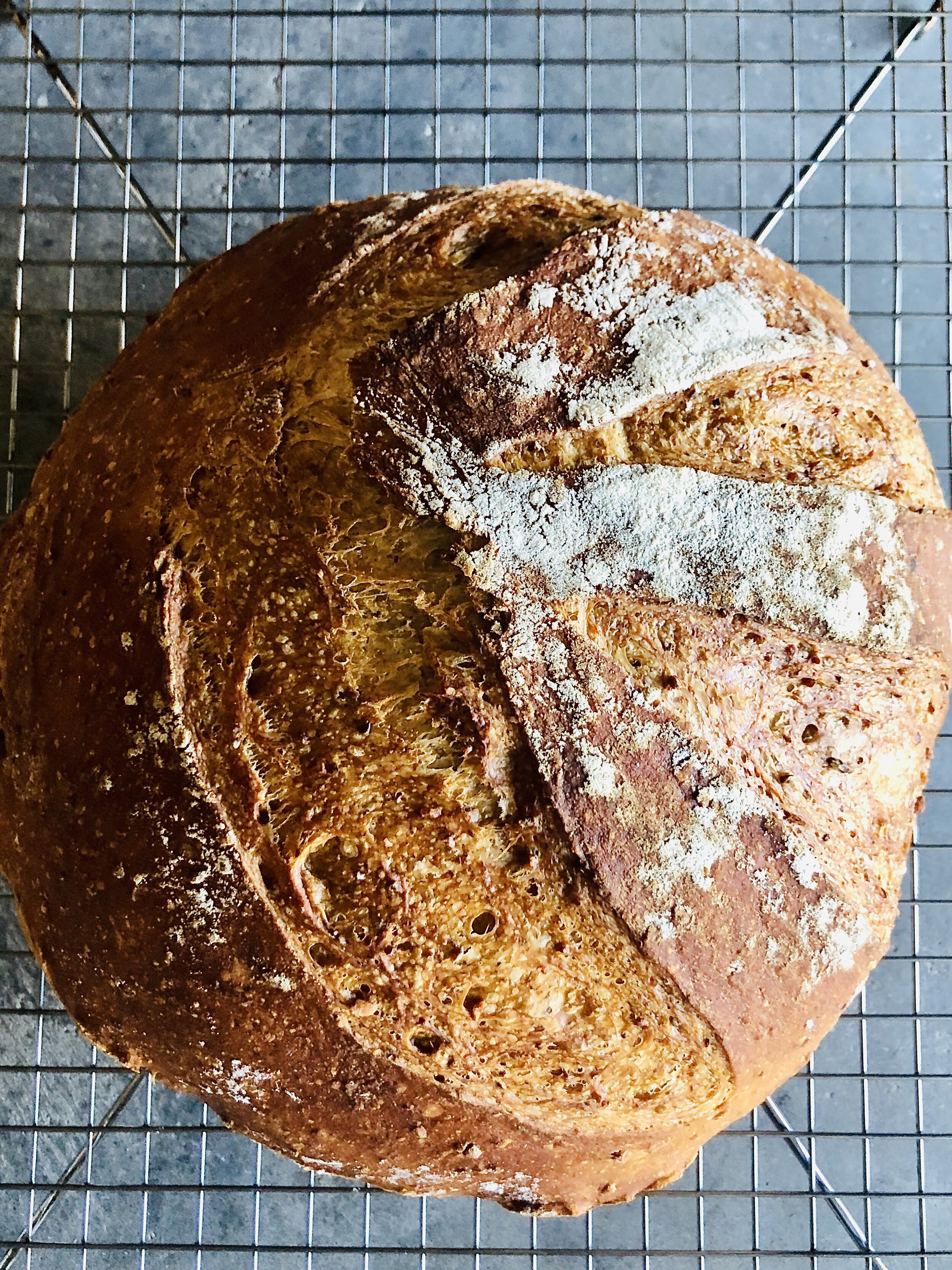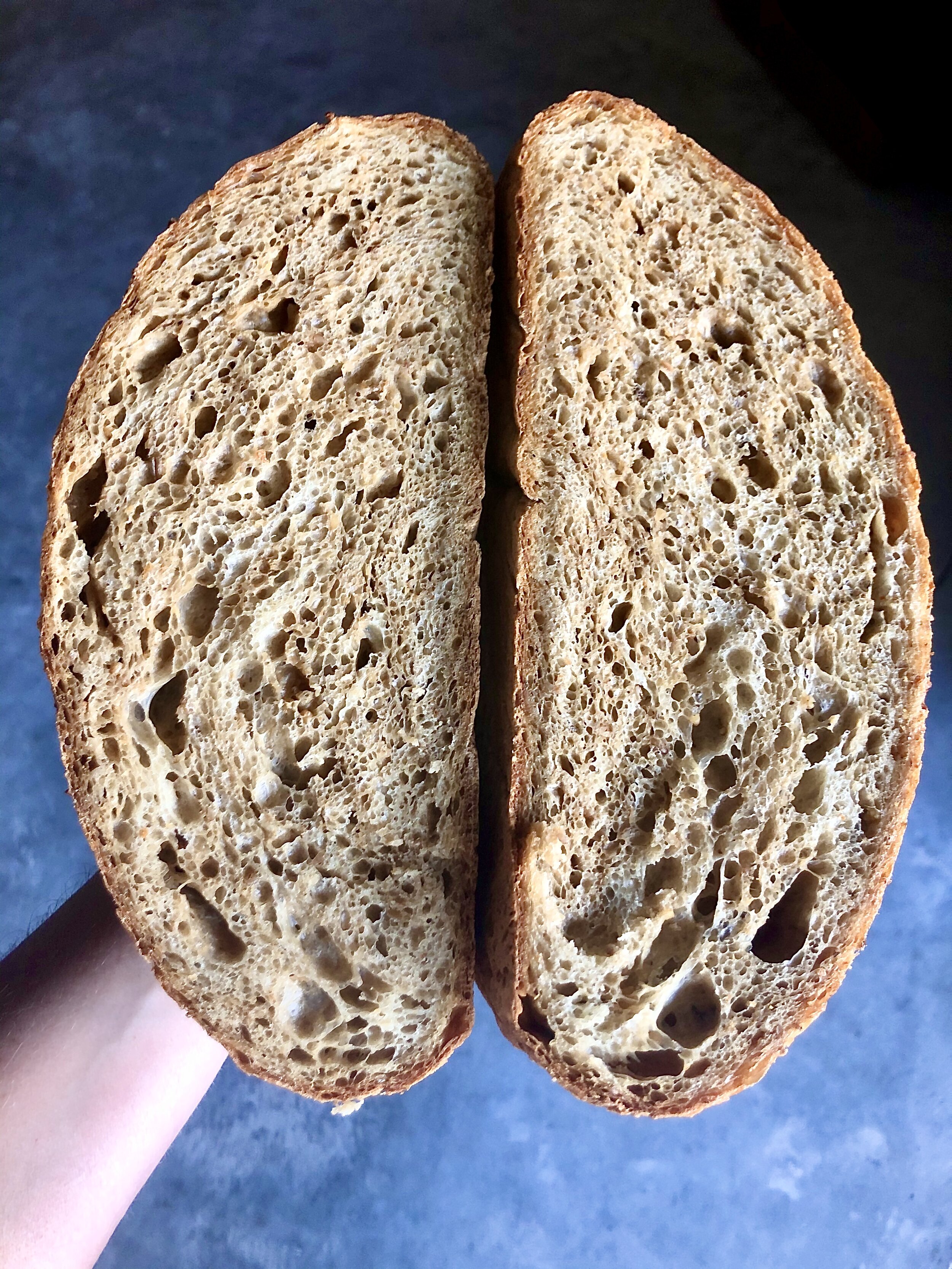Sourdough Starter Support Group
It’s been incredible watching the internet boom with bread baking. The dough life is everywhere and the breads are looking amazing! I’ve been on the bread train for a while now, so when this new wave of bakers emerged, I was caught somewhat off guard. Dare I say, “jealous” you’ve been baking without me? Luckily, FOMO is a pre-coronavirus complex since we’re all stuck at home these days. But dang! You guys with your bread flex right now brings me so much joy. I’ve been seeing so many sourdough starters in my Facebook feed that I figured we needed a support group for all the questions. Seriously though, you guys are champions! I’m loving all the close-ups of fermentation bubbles, and those sexy hooch lines. It’s like the baker’s version of the first day of school and your starter’s already on the honor roll!
I know some of you created a starter because you were running low on yeast. Smart move! Others, feel left behind cause they are completely without. Fortunately, you’re not out of the bread game just yet. You can easily collect wild yeast to make a sourdough starter. Once your starter is active you’re good to go. When it comes to working it into recipes, I typically use about a 1/4 cup per loaf. There’s a ton of information out there about how and when to feed your starter, weighing the flour, blah, blah blah… Personally, I can’t be bothered with the details and save that for the professionals like Sarah Owens and Tara Jensen. They are the darlings of sourdough in my book, so if you wanna dive deep, check them out. Otherwise, if you see a hooch layer forming, it’s time for another feeding.
As for getting back into baking with the Full Moon Baking Club I figure now is as good as any for a reboot! Rather than post a recipe this month, I figured we should just get our starters up to snuff so in a month we can get our bake on. If you have yeast, you can explore the recipes on the Full Moon Baking Club page, or if your starter is ready, you can get experimental and try out the Fermented Loaf recipe.
On a personal note, I’ll tell you my starter you see above is a newbie. It’s less than two weeks old and although I see signs of activation, it’s really all about feeding it at this point. I’ve been doing this twice a day now after five days of catching yeast using the wild method above. It only occurred to me to start a new one after soaking my flour mix to make this molasses loaf.
Starter or not, keep baking! I’ve found that making something with your own two hands, is rewarding. Even in failure, the reward is there. Right now it might be the antidote for boredom but as someone that has baked for years for both friends, family, and full crews at sea, warm treats from the oven always delight! I used to joke that I’ve never met a problem that a fresh cookie couldn’t solve and I would say the same goes for a hot loaf of bread! So bake and have fun! If the lockdown life leads to an economic depression, at least you’ll know how to use the flour rations. Ha!
Actually, that’s terrifying Don’t think about that.. Just go pour off the hooch and feed your new pet. We have some baking to do! And as you begin your journey into sourdough, know that you’re are backed by the ultimate bread nerd. Submit your questions in the comments so I can geek out on this one. I’ll do my best to coach you through any problem. Good luck and I look forward to baking with you next month!


